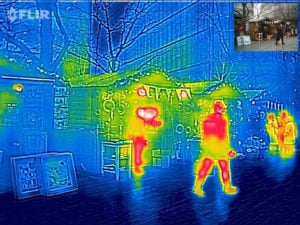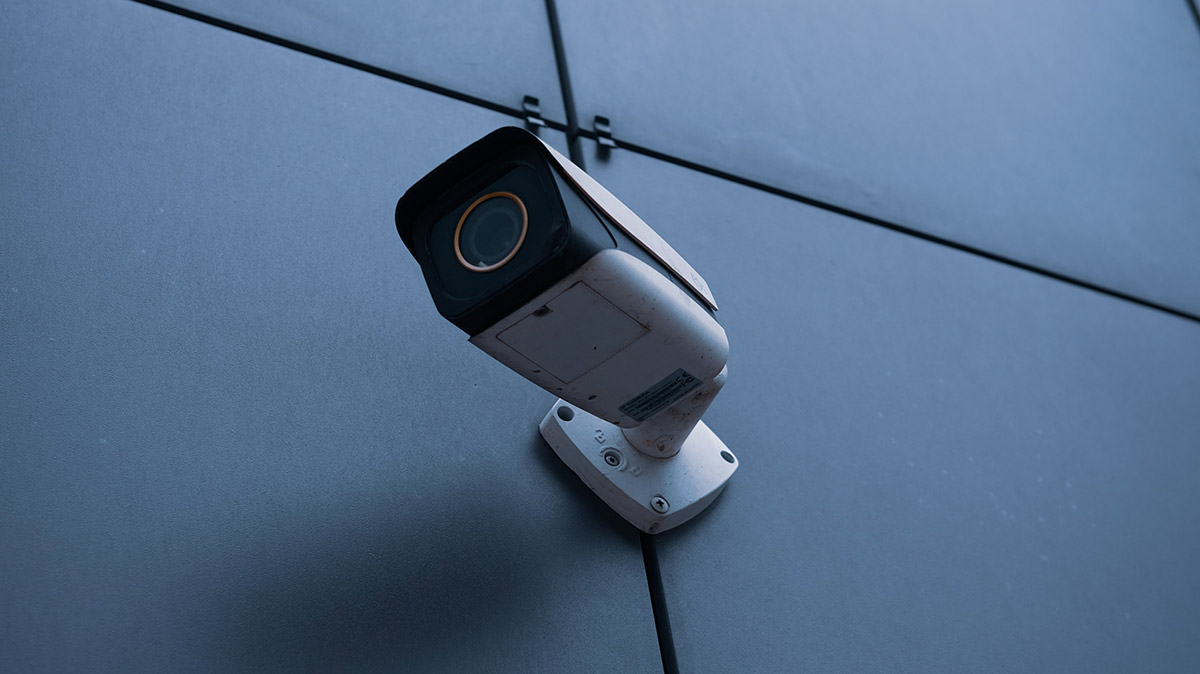Workplace safety has taken on a whole new dimension since early spring. Every day brings new ways to decrease risk and increase (if not assure) worker, client, and customer safety—homemade masks and face shields, UV lights and micro-brewery hand sanitizer and remdesivir.
But each new solution seems to come with its own quiet caveats. For example, some of the most popular rapid-testing machines for detecting coronavirus infections seem to have extremely high error rates. The FDA is now warning that these tests may not be as accurate as has previously been reported. Even the devices being used to screen White House staff as late as mid-May are giving dubious results.
“Thermal scanners” are in high demand as companies and local governments scramble to reopen. These are computerized infrared camera systems. Salespeople claim they can automatically scan passing individuals and detect those who are running a fever.
But do they work? Such scanners were widely installed in airports across Asia and Canada in the early 2000s. This was in response to the 2003 SARS outbreak. But health researchers were not impressed. In a 2006 report, they noted that these cameras scanned more than 42 million people in Canada, China, Hong Kong, Singapore, and Taiwan—without detecting a single actual SARS infection.
We’ve enjoyed 17 years of technological improvement. But there’s still no evidence that the current generation of “thermal scanners” can perform any better.
Learn about our VirusGuard™ Barriers
Problems with Disease Detection Technology in the Workplace
There are several problems with these “fever detection” solutions. First is that this technology was never designed for diagnostic use. They are generally built around fairly traditional thermal cameras. These were meant to spot individuals or vehicles that would otherwise be difficult or impossible to see because of low-visibility conditions (darkness, smoke, haze, fog, concealing brush, etc.) Such cameras are traditionally installed at border crossings, military checkpoints, shipping ports/marinas, industrial sites, correctional facilities, and so on.

Thermal cameras have many workplace safety/security applications. Compare these visual (insert) and thermal (main) images of a public market. (David Skinner)
It’s true that a thermal camera can easily discern elevated skin temperatures. But skin temperature varies independently of core temperature. (Core temperature is what we need to measure to see if someone “has a fever.”) A person with a high skin temperature may be running a fever—or may have just jogged up a flight of stairs. Heavy-set individuals and people experiencing “hot flashes” regularly have higher skin temperatures than average. But those people aren’t running an actual fever, and aren’t sick.
But setting aside the question of whether or not this technology can accurately identify someone with a fever, there is a bigger problem:
Most people spreading coronavirus do not have a fever.
Most of the current research indicates that the majority of coronavirus transmission occurs before an individual develops symptoms—and that many never develop clear symptoms at all. Previous estimates that up to 25 percent of coronavirus cases were asymptomatic have proven to be incorrect; experts now agree that as many as 75 percent of all cases are asymptotic. At least one study found that 80 percent of those hospitalized with severe cases of COVID-19 had been infected by someone showing no symptoms.
Most Camera Manufacturers Advise Against “Fever Detection” Technology
Unfortunately, this major diagnostic hurdle—the simple fact that most infectious coronavirus patients don’t even have a fever—hasn’t stopped a slew of companies from aggressively pitching high-tech camera-based “fever detection” systems.
Part of the problem is that many of the companies pushing these camera-based “fever detection” solutions are not technology companies. They’re just repackaging cameras from Oregon-based FLIR Systems (whose technology produced the above image). FLIR is the world’s largest maker of such equipment—and they strongly advise against this very use. FLIR’s chief executive Jim Cannon told the Washington Post in May that “we do have concerns that we see a lot of folks popping up in the marketplace making claims that, frankly, the science can’t support. You can’t just take any thermal camera and point it at someone and get an effective screening tool for their surface temperature without tremendous amounts of false alarming … There are a lot of folks that have popped up overnight that we think are marketing solutions that don’t do what they’re intended to do.”
More alarmingly, not all resellers are even using thermal cameras from reputable companies like FLIR. The Washington Post found that many were rebranding cameras produced by Zhejiang Dahua Technology. In 2017, cybersecurity researchers discovered that these cameras surreptitiously transferred data to Chinese networks for unknown reasons. In 2019 the US Commerce Department added this company to a list of Chinese tech firms “implicated in human rights violations and abuses … [and the] campaign of repression, mass arbitrary detention and high-technology surveillance” persecuting Chinese Muslims. This spring, Senator Marco Rubio (of Florida) released a statement warning businesses and local governments not to “trust any equipment from Dahua … [I]nstalling Dahua equipment represents a massive security risk … for the nation as a whole.”
Proven Systems to Improve Workplace Safety
In case it can’t go without saying: There is no “magic pill” for workplace safety and security.
We all want to find ways to assure we can get back to our regular lives and “business as usual” without awkwardness or disruption. Unfortunately, for the time being, and in these early days of reopening, that simply isn’t possible. As a nation, we do not have the testing and contact-tracing capacity we need to detect a meaningful portion of infectious coronavirus cases. There is no technological shortcut available yet. The most reasonable course of action is to assume everyone—even if entirely asymptomatic—is infected and infectious, and act accordingly:
- Wash hands
- Practice barrier-supported social distancing
- Wear a mask when in public
If we all consistently do our part and look out for each other, then we will get through this sooner than you’d likely believe.


